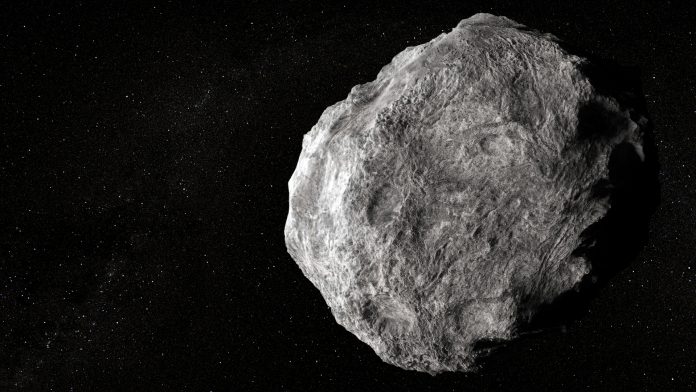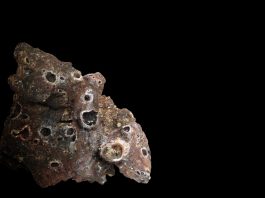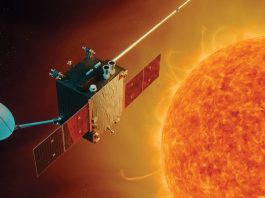On 10 May 2021, NASA’s Origins, Spectral Interpretation, Resource Identification, Security, Regolith Explorer (OSIRIS-REx) spacecraft will terminate its experiments on the asteroid Bennu and begin its journey to deliver asteroid samples to Earth.
The spacecraft collected a substantial amount of material from Bennu’s surface, likely exceeding the mission’s requirement of 2 ounces (60 grams). The spacecraft is scheduled to deliver the asteroid samples to Earth on 24 September 2023.
Michael Moreau, OSIRIS-REx deputy project manager at NASA’s Goddard Space Flight Center in Greenbelt, Maryland, said: “Leaving Bennu’s vicinity in May puts us in the ‘sweet spot,’ when the departure manoeuvre will consume the least amount of the spacecraft’s onboard fuel. Nevertheless, with over 593 miles per hour (265 meters per second) of velocity change, this will be the largest propulsive manoeuvre conducted by OSIRIS-REx since the approach to Bennu in October 2018.”
The mission is planning a single spacecraft flyby of Bennu, mimicking one of the observation sequences conducted during the mission’s Detailed Survey phase in 2019. OSIRIS-REx would image Bennu for a full rotation to obtain high-resolution images of the asteroid’s northern and southern hemispheres and equatorial region. The team would then compare these new images with the previous high-resolution imagery of Bennu obtained during 2019.
These observations would also give the team a chance to assess the current functionality of science instruments onboard the spacecraft – specifically the OSIRIS-REx Camera Suite (OCAMS), OSIRIS-REx Thermal Emission Spectrometer (OTES), OSIRIS-REx Visible and Infrared Spectrometer (OVIRS), and OSIRIS-REx Laser Altimeter (OLA). It is possible dust coated the instruments during the sample collection event and the mission wants to evaluate the status of each. Understanding the health of the instruments is also part of the team’s assessment of possible extended mission opportunities after the sample is delivered to Earth.
The spacecraft will remain in asteroid Bennu’s vicinity until 10 May, when the mission will enter its Earth Return Cruise phase. As it approaches Earth, OSIRIS-REx will jettison the Sample Return Capsule (SRC). The SRC will then travel through the Earth’s atmosphere and land under parachutes at the Utah Test and Training Range. Once recovered, NASA will transport the capsule to the curation facility at the agency’s Johnson Space Center in Houston and distribute the sample to laboratories worldwide, enabling scientists to study the formation of our solar system and Earth as a habitable planet.









